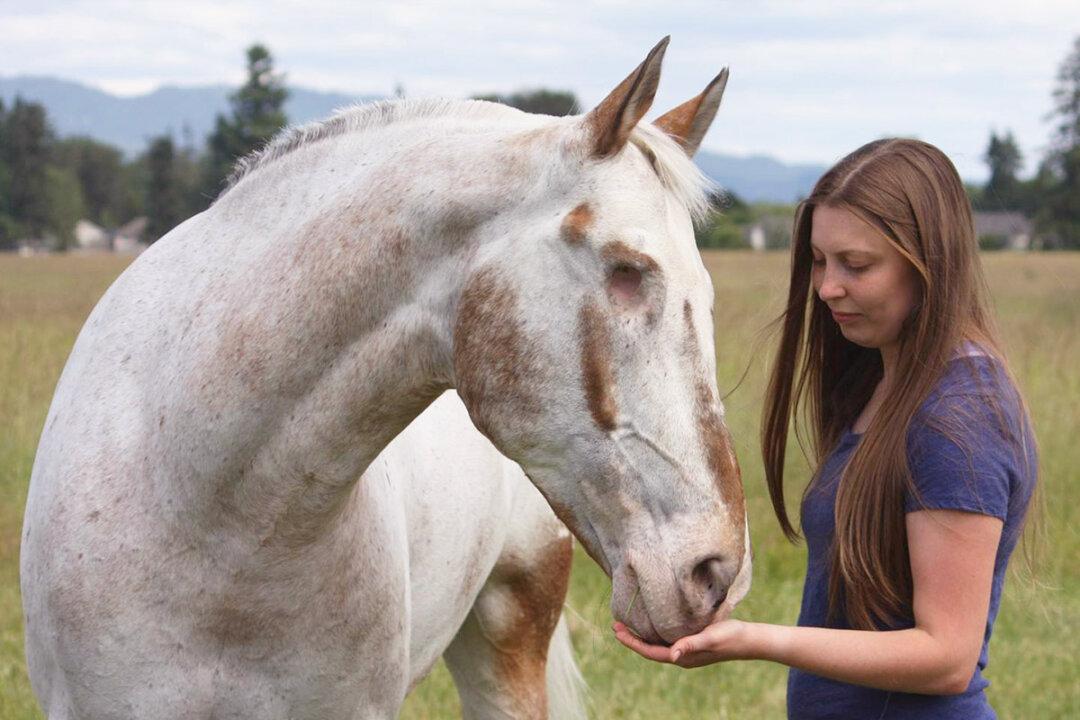Jean Dean is a retired oceanographer, but these days you’re more likely to see her glued to her telescope in the back garden of her Guernsey residence. Dean, 60, is an amateur astronomer. She’s also the winner of a NASA photography prize after capturing an extraordinary image of the Rosette Nebula during five nights of sitting out under the stars.
The Rosette Nebula, sometimes called a “Cosmic Rose,” is a cloud of dust and gas that houses 10,000 stars that are collectively as bright and powerful as the sun. The center of the Nebula is where bright, white young stars grow while areas of warm gas around them appear red. Lilac tones designate dust particles. The NASA-recognized, prize-winning astrophotographer lives in Vazon, Guernsey, with her 70-year-old husband, Peter, a retired lecturer. Dean is also a member of La Societe Guernesiaise Astronomy Section (the Guernsey Astronomy Society), and has been fascinated by astronomy for decades.





